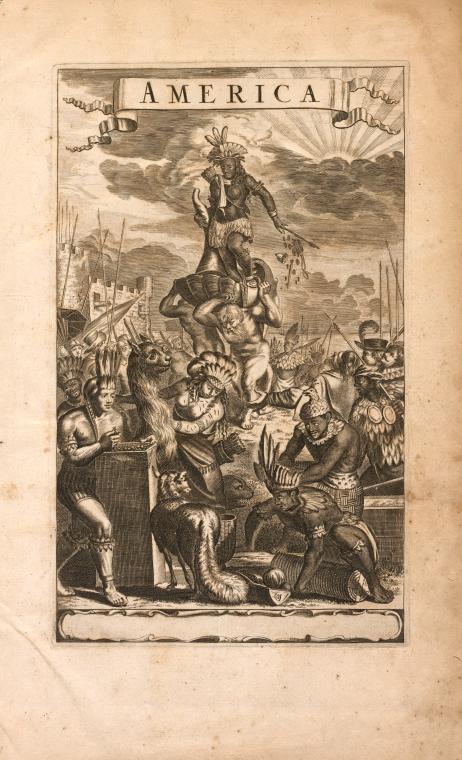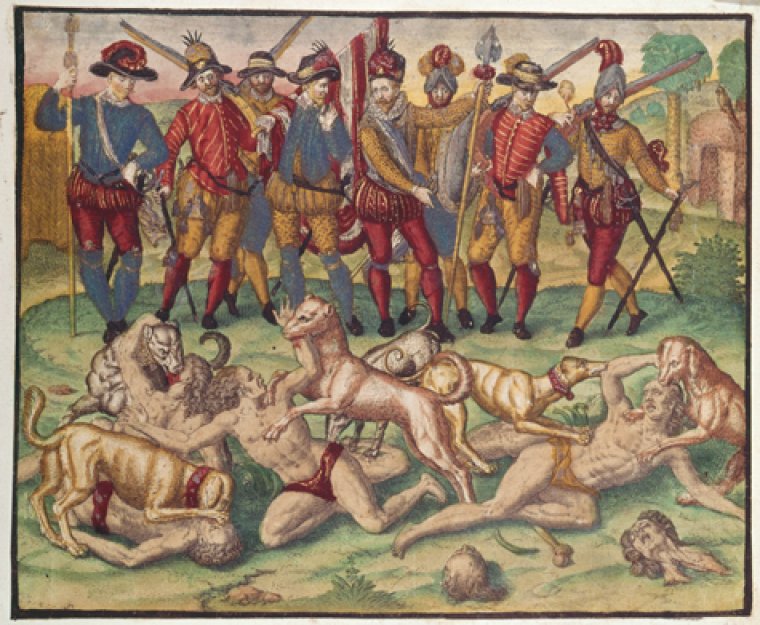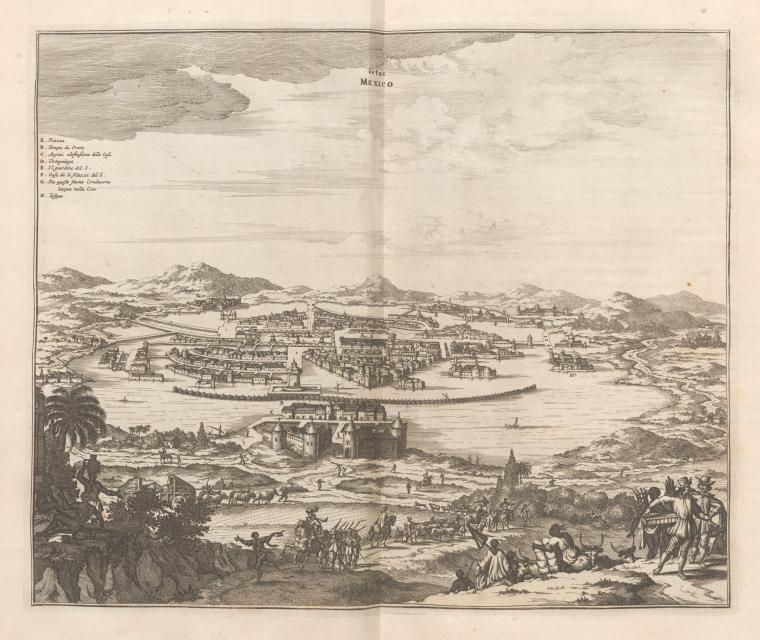Research at NYPL, Doc Chat
Doc Chat Episode Fifteen: Exploitative Depictions of the Americas
On February 11, 2021, Doc Chat explored the many meanings and messages behind a 350-year-old atlas of the Americas.
A weekly series from NYPL's Center for Research in the Humanities, Doc Chat pairs a NYPL curator or specialist and a scholar to discuss evocative digitized items from the Library's collections and brainstorm innovative ways of teaching with them. In Episode Fifteen, NYPL's Ian Fowler and Camilla Townsend, Distinguished Professor of History at Rutgers University, analyzed John Ogilby's 1671 atlas of the Americas that depicted Indigenous peoples and lands along with fantastic elements like fictional beasts. They revealed how works like these aimed to sell British consumers, investors, and future colonizers on a racist and Eurocentric vision of “the New World.”
Doc Chat Episode 15: Exploitative Depictions of the Americas from The New York Public Library on Vimeo.
A transcript of this event is available here.
Below are some handy links to materials and sources suggested in the episode.
Episode Fifteen: Primary Sources
Ian and Camilla examined the following atlas:
John Ogilby, America : being the latest, and most accurate description of the new vvorld [electronic resource] : containing the original of the inhabitants, and the remarkable voyages thither, the conquest of the vast empires of Mexico and Peru and other large provinces and territories : with the several European plantations in those parts : also their cities, fortresses, towns, temples, mountains, and rivers : their habits, customs, manners, and religions, their plants, beasts, birds, and serpents : with an appendix containing, besides several other considerable additions, a brief survey of what hath been discover'd of the unknown south-land and the arctick region : collected from most authentick authors, augmented with later observations, and adorn'd with maps and sculptures, 1671.
You can explore the fully digitized atlas here.
Below are the specific plates that they analyzed:
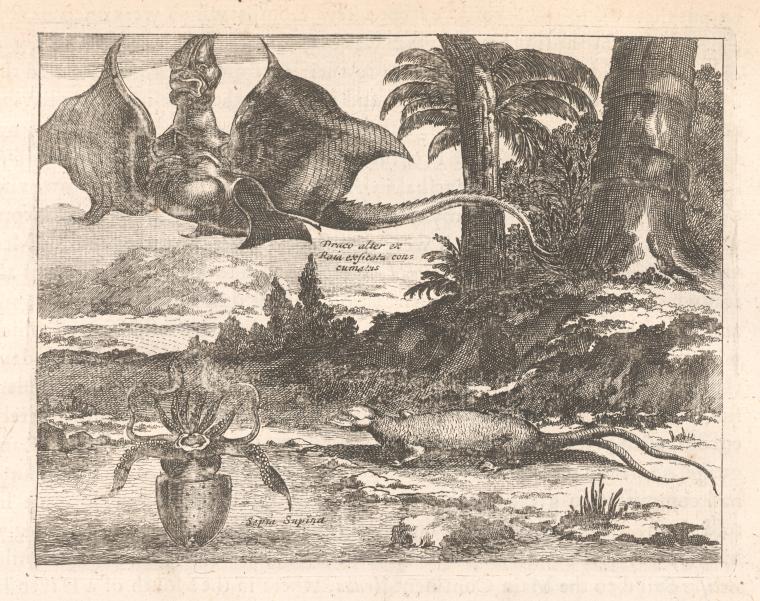
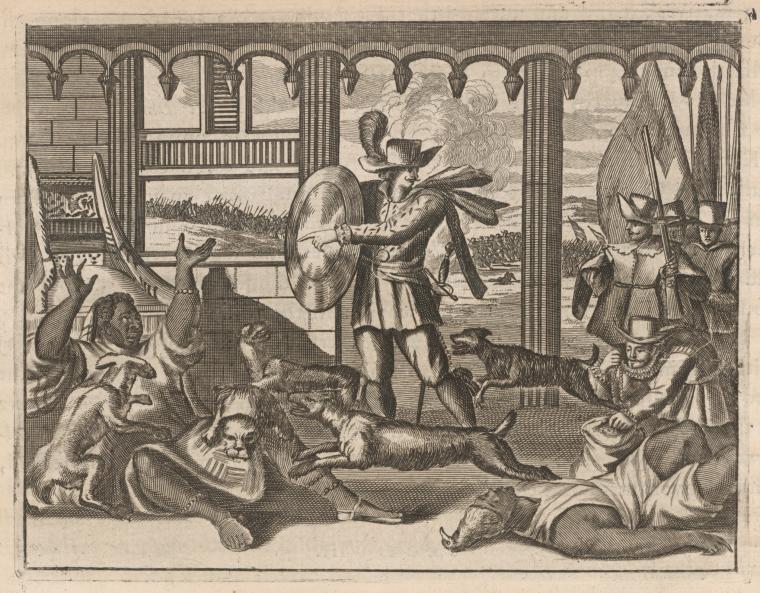
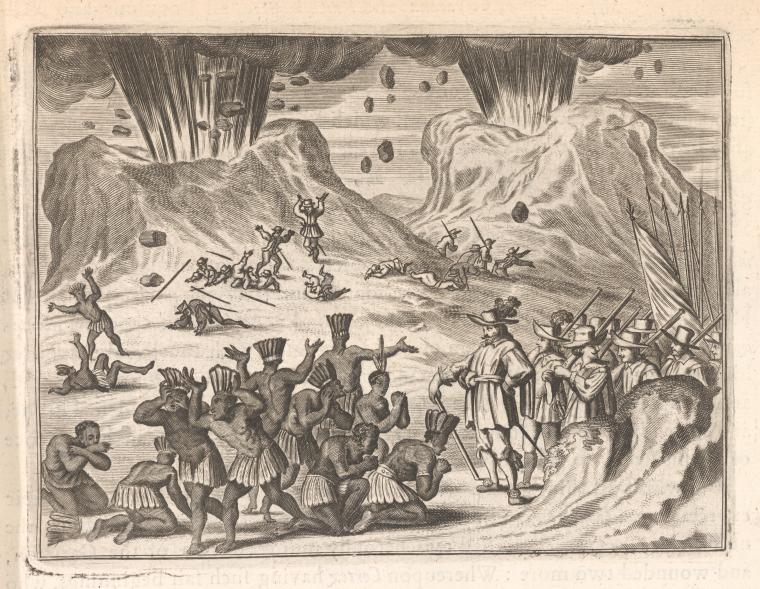
Other contemporary atlases that the speakers discussed include:
Theodor de Bry, Grand Voyages, 1590-1596.
Arnoldus Montanus, De Nieuwe en Onbekende Weereld, 1671.
Episode Fifteen: Readings and Resources
Martin Brückner, Early American Cartographies (University of North Carolina Press, 2012).
John Huxtable Elliot, Empires of the Atlantic World: Britain and Spain in America, 1492-1830 (Yale University Press, 2006).
Lucien Febvre and Henri-Jean Martin, The Coming of the Book: The Impact of Printing, 1450-1800 (translated by David Gerard; edited by Geoffrey Nowell-Smith and David Wootton) (N.L.B., 1976).
Michiel van Groesen, The Representations of the Overseas World in the De Bry Collection of Voyages, 1590-1634 (Brill, 2012).
J.B. Harley and David Woodward, eds., The History of Cartography Vol 3: Cartography in the European Renaissance (University of Chicago Press, 1987). Available online as a PDF here.
Camilla Townsend, Fifth Sun: A New History of the Aztecs (Oxford University Press, 2019).
Camilla Townsend, Malintzin's Choices: An Indian Woman in the Conquest of Mexico (University of New Mexico Press, 2006).
Join the Doc Chat Conversation
Doc Chat's Spring 2021 season is just warming up! Episodes take place on Zoom every Thursday at 3:30 PM. Over the next several months, we are covering a range of topics: visual culture in 19th-century Mexico, the origins of wildlife protection in the US, Zine-making, the history of New York City tenements, Russian propaganda posters, and much more.
Check out upcoming episodes on NYPL's calendar, and make sure you don't miss an episode by signing up for NYPL's Research newsletter, which will include links to register. A video of each episode will be posted on the Research Channel of the NYPL blog shortly after the program. There you can also explore videos and resources for past episodes. See you at the next Doc Chat!
Read E-Books with SimplyE
 With your library card, it's easier than ever to choose from more than 300,000 e-books on SimplyE, The New York Public Library's free e-reader app. Gain access to digital resources for all ages, including e-books, audiobooks, databases, and more.
With your library card, it's easier than ever to choose from more than 300,000 e-books on SimplyE, The New York Public Library's free e-reader app. Gain access to digital resources for all ages, including e-books, audiobooks, databases, and more.
If you don’t have an NYPL library card, New York State residents can apply for a digital card online or through SimplyE (available on the App Store or Google Play).
Need more help? Read our guide to using SimplyE.
